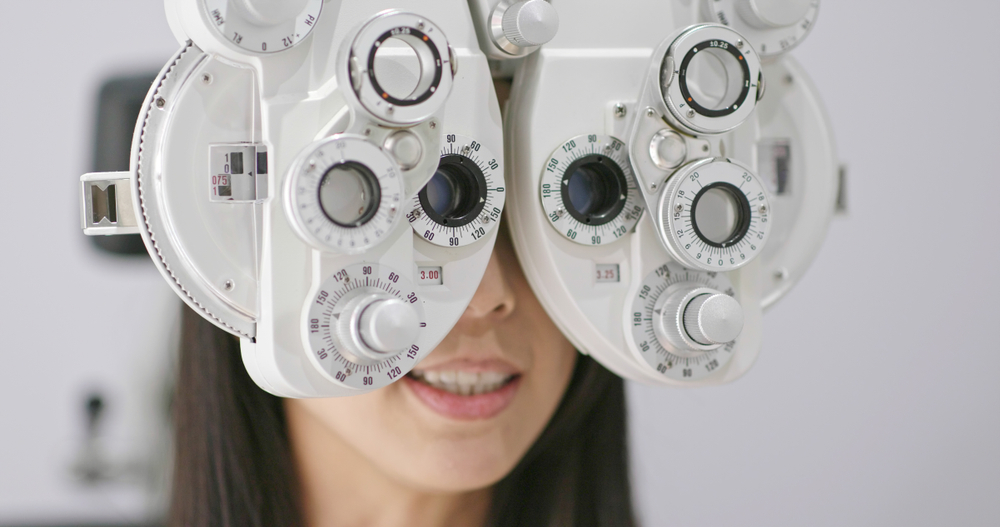


A Comprehensive Guide
Your health is our priority.
Finding the Perfect Pair for Your Vision Needs
Understanding Prescription Glasses
Prescription glasses are designed to correct vision impairments and provide clear, comfortable sight. They are tailored to address specific visual needs, such as nearsightedness, farsightedness, astigmatism, or presbyopia. Your optometrist or ophthalmologist will determine your prescription based on a comprehensive eye exam, which includes measuring how light is focused on your retina and how well your eyes work together. Understanding your prescription ensures that you choose the right glasses for optimal visual performance and comfort.

Choosing the Right Frame Style
When selecting prescription glasses, the frame style plays a significant role in both aesthetics and comfort. Consider factors such as face shape, lifestyle, and personal style. Popular frame styles include full-rim, semi-rimless, and rimless, each offering different benefits. Full-rim frames provide durability and a classic look, while semi-rimless and rimless frames offer a lighter, more modern appearance. Additionally, ensure the frames fit well and are adjustable for optimal comfort throughout daily wear.
Lens Types and Their Benefits
Prescription lenses come in various types, each suited to different visual needs and lifestyles. Single-vision lenses correct one type of vision problem, such as nearsightedness or farsightedness. Bifocal lenses offer two distinct optical powers for distance and near vision, while progressive lenses provide a gradual transition between multiple vision zones without visible lines. For those who spend significant time on screens, blue light blocking lenses can help reduce eye strain. Choose the lens type that best aligns with your visual needs and daily activities.
Lens Coatings and Enhancements
Lens coatings and enhancements can significantly improve the functionality and longevity of your prescription glasses. Anti-reflective coatings reduce glare from screens and headlights, enhancing visual clarity and reducing eye strain. Scratch-resistant coatings protect the lenses from everyday wear and tear, while UV protection coatings shield your eyes from harmful ultraviolet rays. Consider these additional features when selecting your lenses to enhance comfort and extend the lifespan of your glasses.

Ensuring a Proper Fit
A proper fit is crucial for both comfort and effective vision correction. When trying on prescription glasses, ensure that the frames sit comfortably on your nose and ears without causing pressure or slipping. The distance between your pupils, or pupillary distance (PD), should be accurately measured to align the lenses with your eyes. Most optical retailers offer fitting services to ensure that your glasses are adjusted to your specific measurements. A well-fitting pair of glasses enhances visual clarity and overall comfort.

Caring for Your Prescription Glasses
Proper care and maintenance of your prescription glasses are essential for longevity and optimal performance. Clean your lenses regularly with a microfiber cloth and a gentle lens cleaner to avoid scratches and smudges. Store your glasses in a protective case when not in use to prevent damage. Avoid using harsh chemicals or abrasive materials that could harm the lenses or frames. Regularly check for any signs of wear or misalignment and visit your optometrist for adjustments or repairs as needed.